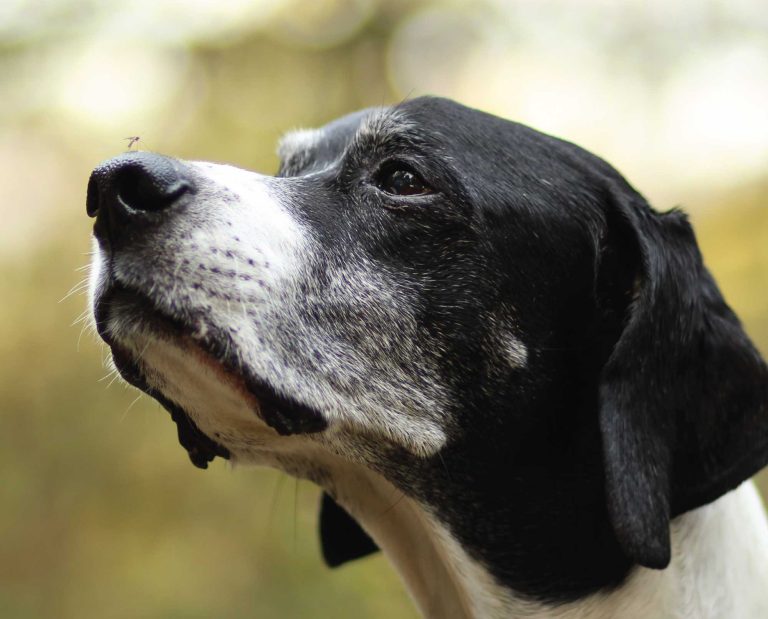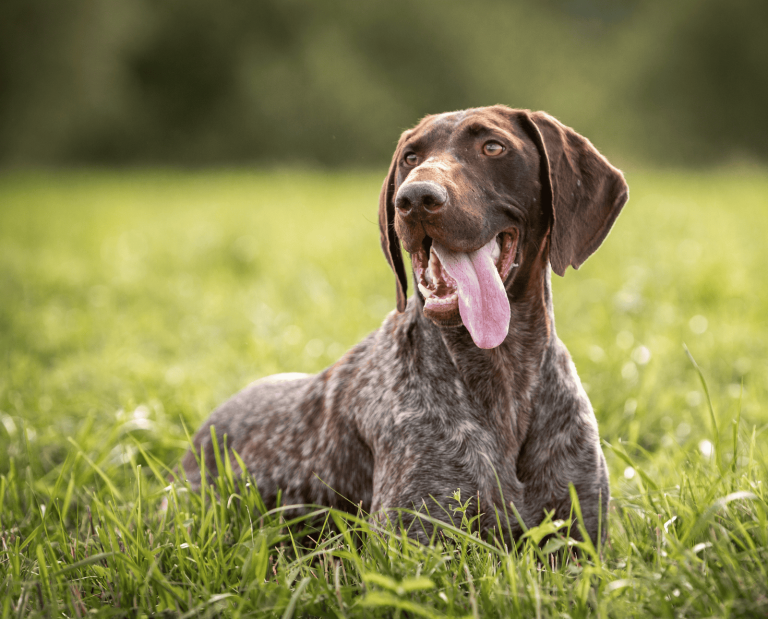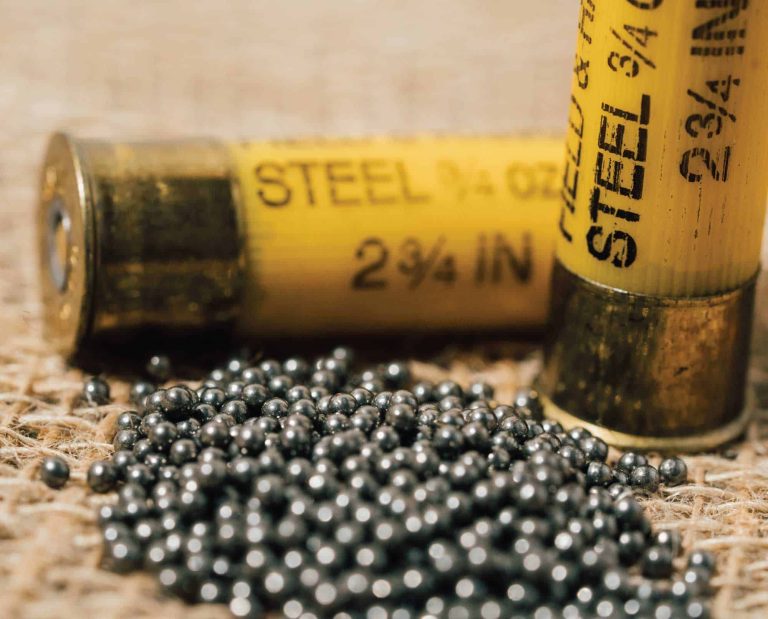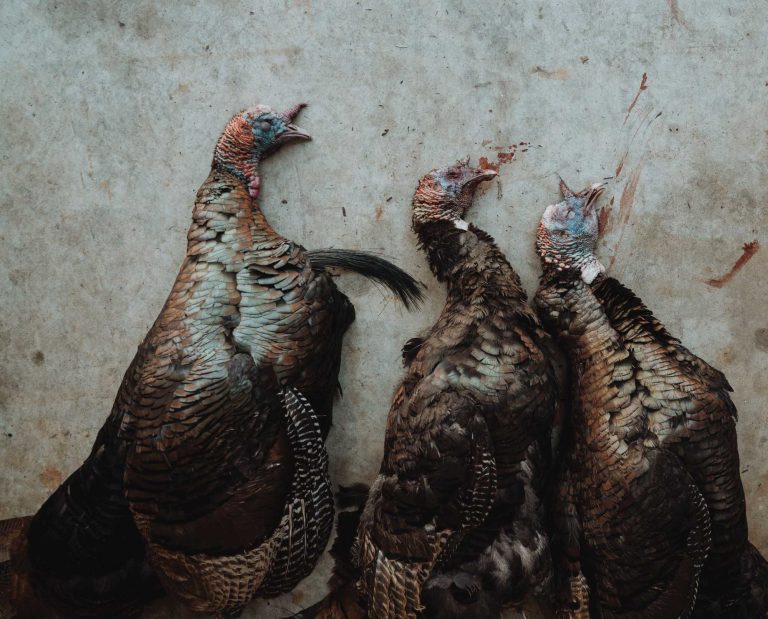Wild Turkeys in Pennsylvania: A Conservation Success
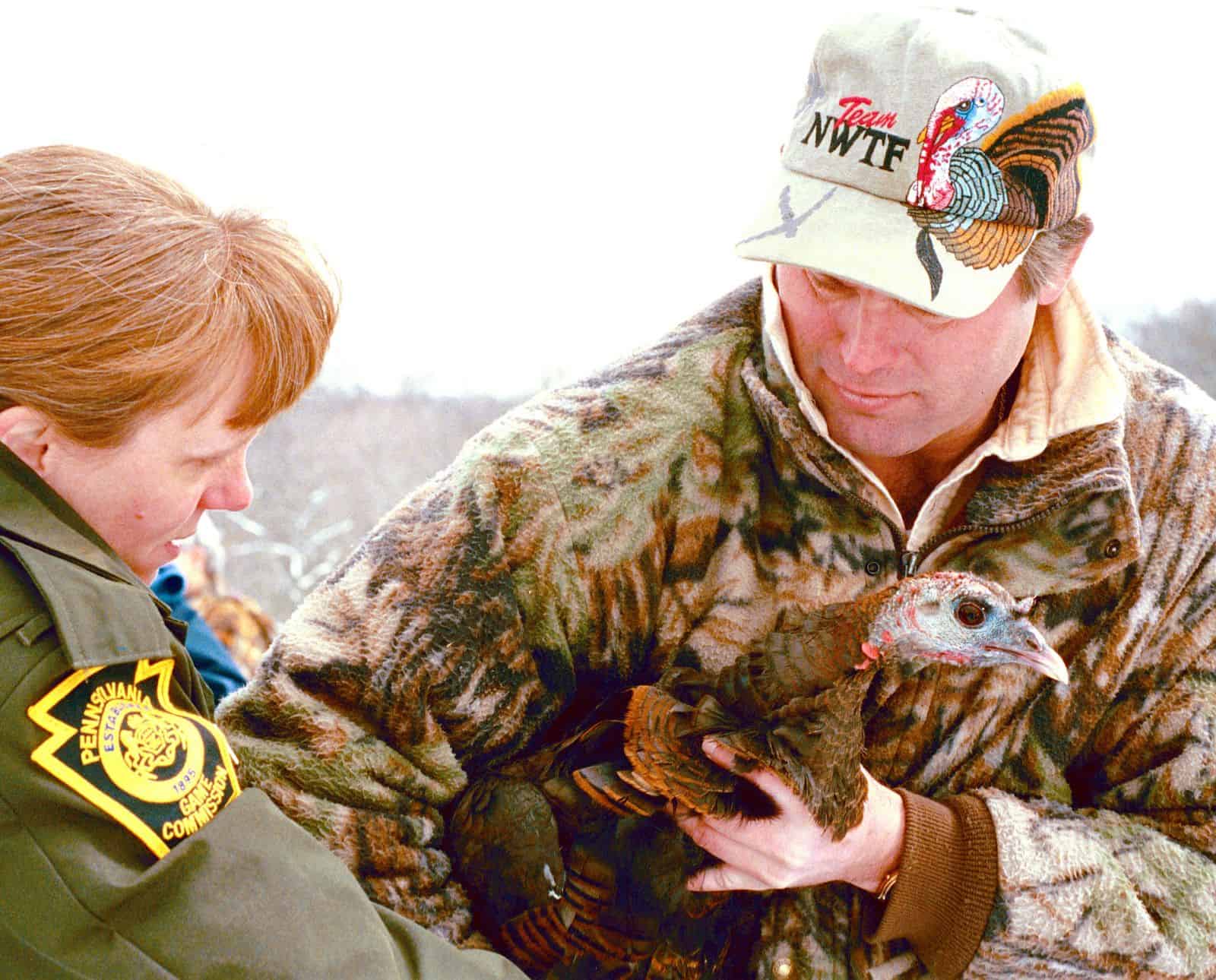
Through habitat recovery, science-based strategy, and community dedication, Pennsylvania successfully restored its wild turkeys.
In 2022, biologists in Pennsylvania studying the nesting and habitat patterns of the eastern wild turkey made a surprising discovery. One of the hens they captured was twelve and a half years old, and she became the oldest female turkey ever recorded. The hen was tagged more than a decade prior.
This is extraordinary, considering the average wild turkey lives only about four years. While such a long life is rare, it reflects the success of conservation efforts that helped bring the eastern wild turkey back from the brink of disappearing in Pennsylvania.
Recovery didn’t happen overnight. It took the hard work of dedicated volunteers, biologists, and game agencies who used a range of strategies—many developed through trial and error. Their efforts not only restored turkey populations in Pennsylvania but also helped guide restoration programs in other states by sharing the knowledge they gained along the way.
The Historical Abundance Of Wild Turkeys In Pennsylvania
Before European settlers arrived, wild turkeys were plentiful across much of their range. But once colonists settled the land, turkeys were quickly recognized as a valuable food source. In a 1683 letter, the Earl of Sunderland noted, “Turkeys of the wood, I have had of 40- and 50-pound weight.” Any modern turkey hunter will tell you that birds that size only exist at the grocery store. Still, the fact that turkeys were mentioned at all shows how important they were to early life in Pennsylvania.
Like deer, rabbits, squirrels, and other game animals in the region, wild turkeys were seen as a resource. Hunting wasn’t for sport or recreation; it was driven by opportunity and necessity. If game became scarce or moved on, so did the people who relied on it. As settlers pushed westward, turkey and other wildlife populations declined under the added pressure.
Turkeys were sold in markets without concern for long-term impacts. Hunters shot them while they roosted in trees, killing entire flocks before the birds even hit the ground. Spring calling took a toll on gobblers. Even nesting hens were shot, their eggs left to rot. Traps, snares, nets, and dogs used to chase turkeys into trees also contributed to their decline.
Decline and Extirpation
John James Audubon noticed the trend early on. In the 1800s, he wrote that turkeys were becoming scarce across the United States, even in places where they had once been abundant. By the early 1850s, turkeys had been completely wiped out in the New England states, according to ornithologist W.E. Clyde Todd. Pennsylvania was no exception. Expanding farms and constant hunting pressure drove turkeys out of most of the state. However, small populations managed to survive in the remote ridges and valleys throughout the 1800s.
By the late 19th century, the wild turkey’s decline was well known. Even Harper’s Weekly warned the bird could go the way of the dodo. In 1888, ornithologist B.H. Warren wrote, “This noble game bird, although rapidly becoming extirpated, is still found in small numbers in the wooded, thinly populated, and uncultivated districts of this commonwealth.” By the early 1900s, it’s estimated that only a few thousand wild turkeys remained in remote, hard-to-reach parts of Pennsylvania.
Early Turkey Conservation Efforts in Pennsylvania
What set Pennsylvania apart was its early and persistent efforts to help wild turkey populations. Things didn’t always go as planned, but the intention was there. One of the first major steps was enacting hunting laws. At the time, there were few wildlife biologists to guide the work, so most efforts were led by passionate individuals doing their best for the birds. Pennsylvania was among the first states to introduce turkey hunting seasons and bag limits. When numbers continued to drop, Governor John Tener closed the statewide turkey season in 1914 and 1915, and again in 1926, hoping to slow the bird’s decline.
Another major conservation tool was the creation of refuges to protect key habitat for turkeys and other wildlife. A single wire would cordon off hundreds of acres of pristine habitat, with signs indicating that access was prohibited to everyone except Fish and Game officials. Food plots, or strips of corn and grains, were planted inside or near these areas to help turkeys survive harsh winters. These efforts helped, but they weren’t enough to bring wild turkeys back to historic numbers.
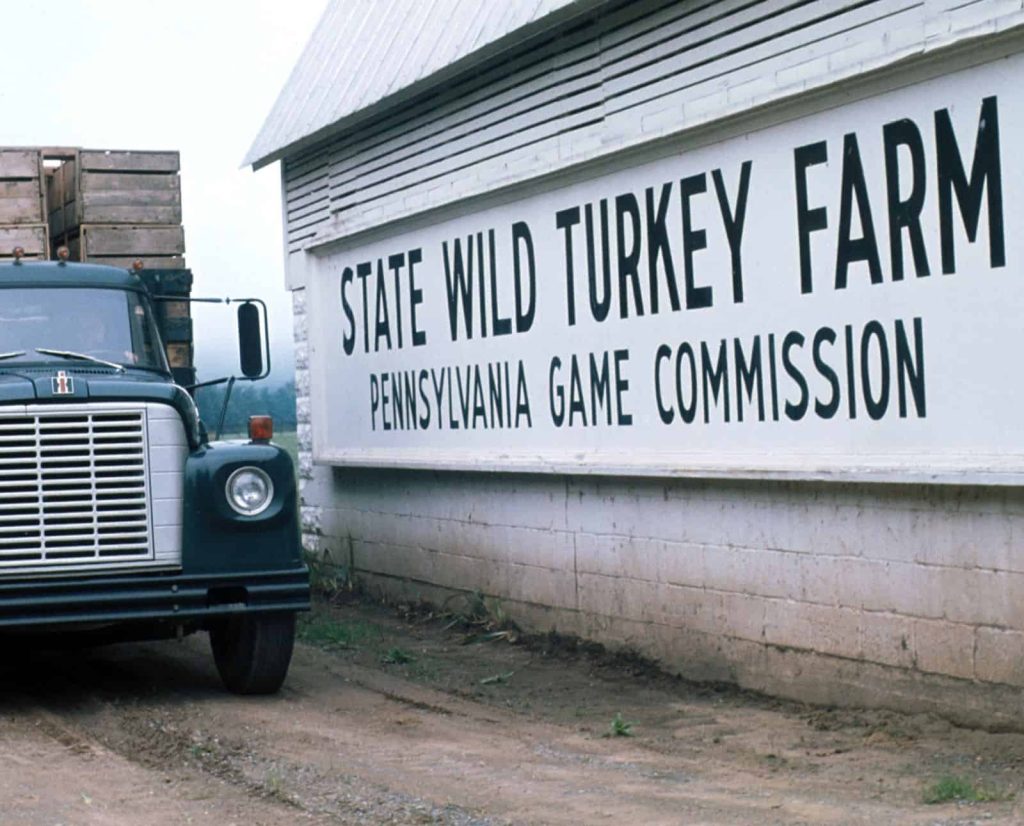
Pennsylvania’s Wild Turkey Farm
In 1929, the Pennsylvania Game Commission launched an ambitious plan to raise wild turkeys in captivity and release them into the wild. Game Commissioner Ross Leffler led the effort, acquiring 928 acres of farm and forest in Lack Township, Juniata County, to serve as the turkey breeding site.
Initial attempts to trap wild turkeys using pole traps, pen traps, and drop nets were mostly unsuccessful. The Commission soon realized they couldn’t catch enough truly wild birds to support the program. So, they turned to a less-than-ideal solution: hybrid turkeys.
These birds were bred by crossing wild gobblers with domestic bronze hens. The hope was that the offspring would retain enough wild traits to survive once released. Unfortunately, this didn’t go as planned. Many of the pen-raised turkeys followed roads and fences back to nearby farms. There, they were killed by predators, died from disease, or were shot by farmers. Captivity-borne illnesses like blackhead disease also took a toll.
“Improved” Turkeys
One refuge worker who happened to be a self-proclaimed turkey expert tried a different approach. He used semi-wild hens to lure wild gobblers into specially designed pens. The hens were kept inside, while gobblers could enter to mate and then leave. The resulting eggs had a higher percentage of wild genetics, producing birds with slightly better survival instincts.
These “improved” turkeys were used to further the breeding program. The agency even boasted about having a bird so wild, it couldn’t be kept on the farm without having a covered pen—a stark contrast to earlier generations that wouldn’t leave the game farm. In 1931, the program released 720 of these birds. Encouraged by this, the Game Commission continued raising and releasing more pen-reared turkeys for years.
At the time, these efforts appeared successful. Turkey numbers were rising in Pennsylvania, and the agency credited its game farms.
Pen-raised Birds Didn’t Increase Wild Turkey Populations
Despite what appeared to be growing turkey numbers, biologists eventually found that pen-raised birds weren’t responsible for the increase. In fact, the recovery was due to natural range expansion by wild flocks that had survived in remote areas, not the result of released game farm birds.
Yet, the Game Commission continued to invest in the breeding program. From the 1930s to 1980, Pennsylvania released over 200,000 farm-raised turkeys. Most failed to establish lasting populations. Even as evidence mounted against the practice, the “game farm mentality” persisted far longer than it should have. As time went on, it was quite clear that farm-raised birds, or more aptly, funding and resources, would be better allocated elsewhere.
Interestingly, many early decisions were made not by trained wildlife biologists but by volunteers and citizen scientists. Their intentions were good, but the strategy lacked scientific backing.
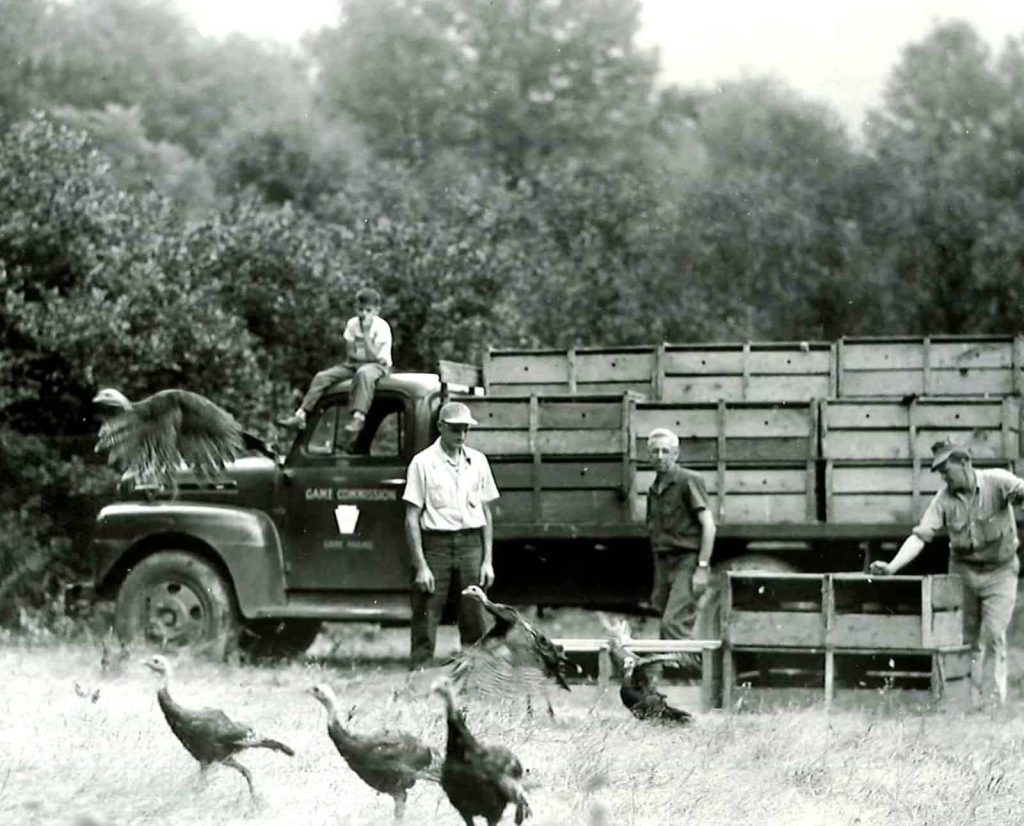
Shifting Strategies
Over time, the flaws of farm-raised turkey programs became impossible to ignore. These birds lacked natural survival instincts, were vulnerable to predators, and often carried diseases. Worse yet, the effort likely diverted energy and resources from natural breeding—wild birds used for mating at farms might have reproduced more successfully in the wild.
In 2012, the National Wild Turkey Federation published a critical reflection on the program. It noted, “The pen-raised method failed and actually slowed the return of wild turkeys by about two decades.” As Roger Latham wrote in The Complete Book of the Wild Turkey, “It just does no good. That is, it rarely does anything to increase the resident population of native birds and contributes little if anything to the hunters bag. Money spent for this purpose by game departments is being poured down the rat hole, except for a very dubious public relations value.”
By the 1970s, most states, including Pennsylvania, finally recognized the failure of pen-raised turkey releases. They abandoned the outdated practice and shifted to a more scientifically valid approach: trapping and relocating wild birds from healthy populations to areas where turkeys had disappeared.
Improved Habitat Increased Turkey Numbers
By the 1940s, Pennsylvania’s wild spaces were evolving. Places once filled with mature hardwood forests had been clear cut for farmsteads. However, those same plots of land had been left fallow following the Great Depression. Those natural spaces changed from dense stands of saplings back to mature, mast producing forests—optimal conditions for the wild turkey.
Those saplings grew to be large trees that produced a variety of fruits, nuts, and berries, which helped support wildlife populations. As those trees matured, so did the canopy. This limited the expansive sapling growth and provided space for broods to hide and feed as well as for gobblers to strut.
Those mature trees eventually fell, leaving clearings for shrubs, grasses, and briars to flourish—more advantageous foliage for a budding turkey population.
The Rise Of Trap And Transfer
At this time, the farm-grown birds were sent to almost every hospitable piece of land in Pennsylvania. Confusingly, their efforts seemed to be working. There was an increase in numbers as well as turkeys in areas there weren’t previously. It is now understood that the increase in turkey numbers was not a result of the turkey farms, but of Pennsylvania’s maturing forests. Aging forests were much more alluring to not only resident birds, but birds from nearby areas who capitalized on the newly available food and space.
With the hiring and involvement of qualified wildlife biologists, focus shifted towards trap and transfer programs. By this time, these programs were considered the best conservation tool to improve populations. By the 1950s, the Pennsylvania Game Commission began capturing wild birds and relocating them to hospitable areas that were without resident birds. This accelerated the range expansion into areas where they were not previously established.
By the late 1960s, biologists estimate that Pennsylvania had a fall population of 60,000 birds. They estimated the state had an overwintering population of 30,000, and that turkeys now occupied over half of the state.
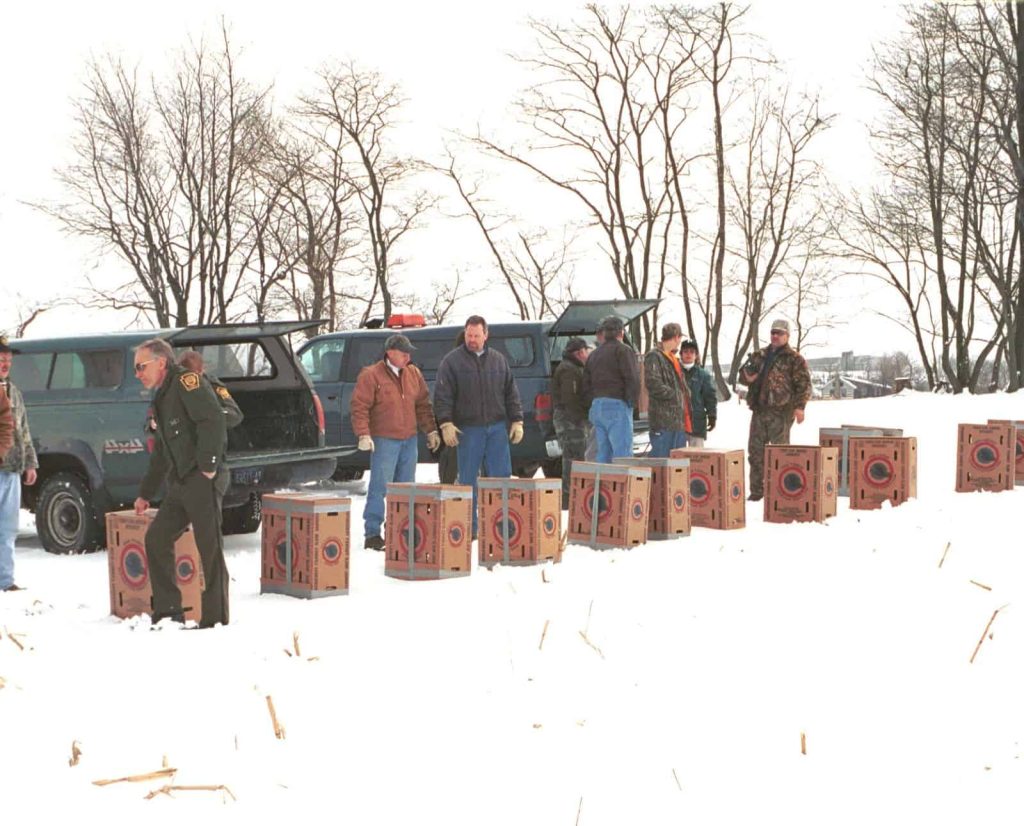
A Conservation Success Story
Between 1970 and 2003, almost 2,800 wild turkeys were caught and relocated to desirable locations in Pennsylvania. Another 915 turkeys were caught and transferred to other states to help aid in their own restoration programs.
The trap and transfer program marked the end of the turkey farm era in Pennsylvania. With overwhelming evidence of its success, the state invested fully in relocating wild birds rather than raising them.
Capitalizing on the passion and dedication of Pennsylvania’s die hard turkey hunters and refuge volunteers, the Pennsylvania chapter of the National Wild Turkey Federation was formed in 1975. By the year 2000, there were an estimated 280,000 to 400,000 wild turkeys in Pennsylvania, an impressive increase from the century before.
Pennsylvania Turkey Populations Today
The Pennsylvania Game Commission’s hen survival study, part of the Mid-Atlantic Wild Turkey Research Collaborative, exemplifies how the state continues to sustain wild turkey populations through innovative partnerships that enhance habitat and conduct critical research. The discovery of the 12.5-year-old hen shows the success of Pennsylvania’s wild turkey restoration program, despite its early difficulties. The state will continue to conduct its large-scale turkey research study through 2025.
According to the Pennsylvania Game Commission, there were approximately 170,400 spring turkey hunters in 2024 who harvested 39,268 birds. This figure is slightly higher than the previous three-year average of approximately 37,900 birds per year. Mary Jo Casalena, wild turkey biologist for the Pennsylvania Game Commission, described the spring 2025 hunting as “Great. Turkey populations are considered stable to increasing across all but three wildlife management units,” she said. “We have seen a general increase in statewide reproductive success over the past four years.”
The restoration of wild turkeys in Pennsylvania didn’t come without setbacks. These lessons not only paved the way for future success within the state, but also offered crucial insight to other restoration programs.
By learning from Pennsylvania’s experience, other states avoided the steep learning curve. Its efforts became more cost-effective, efficient, and ultimately more successful due to the dedication and perseverance of volunteers, refuge employees, and biologists.




